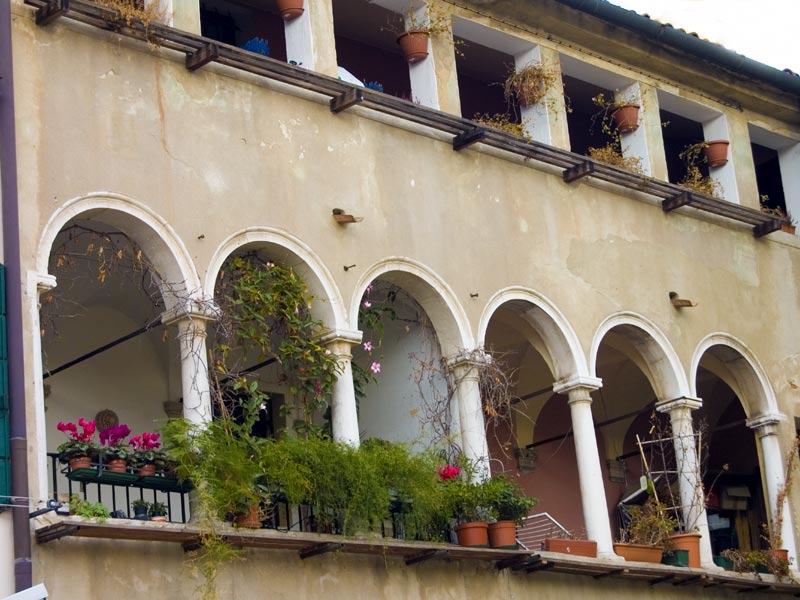History
Since man first appeared on the Earth, rivers have been the vital artery responsible for the birth, establishment and movement of civilisations. The first means of transport conceived by man was born on the river, the pirogue, signalling the start of navigation, trade and knowledge of other cultures.
The River Sile with its culture spanning the millennia emblemises the birth of the Veneto civilisation and culture.
That extraordinary culture which grew up on the banks of the Sile began at the end of the Copper Age then continued through the Bronze and Iron Ages. During industrial excavations to extract gravel, prominent traces were found of a pile dwelling culture which flourished in an environment different from today's with a wide river, lagoon and small islands covered by colossal oaks. As well as the giant oak trees which were constantly uncovered, some as high as 26 m and unhinging the steel dredger buckets, olive trunks with carbonised olives also came to the surface. The depth at which the trunks were found, together with deer, ox, horse, boar and peat dog bones, swords, axes, daggers, scythes and pins, varied from 5 to 10 m below the current level of the river. Particularly interesting is the fact that the material, together with artefacts from the Iron Age, was found confused under a single alluvial layer of pure gravel four to five metres thick clearly separating it from today's river bed, sign of a great flood (a Vajont of the 5th/4th century BC) which must have destroyed all those cultures.
It is also interesting to note that during excavations in 1880, no moulds, metal ingots or traces of casting were found, evidence that the artefacts, all exquisitely made and including antenna swords and a number of unique adzes, came from the Danube area. An analysis of the bronze showed it contained 20% tin, like those from the Danube basin. Several iron scythes resemble those used by the ancient Slavs.
The large quantity of material kept in Treviso museum and the material collected by A. Krull, Cino Boccazzi and Leo Berti in the Treviso city archives (partly studied but not published by the Spanish archaeologist Luis de Monteagudo from Madrid University) is still waiting to be appropriately and completely described by specialists.
(from "I Quaderni del Sile" by Cino Boccazzi)

Street market of Piazzetta San Parisio in Treviso
(photo by: Gianfranco Speranza)






